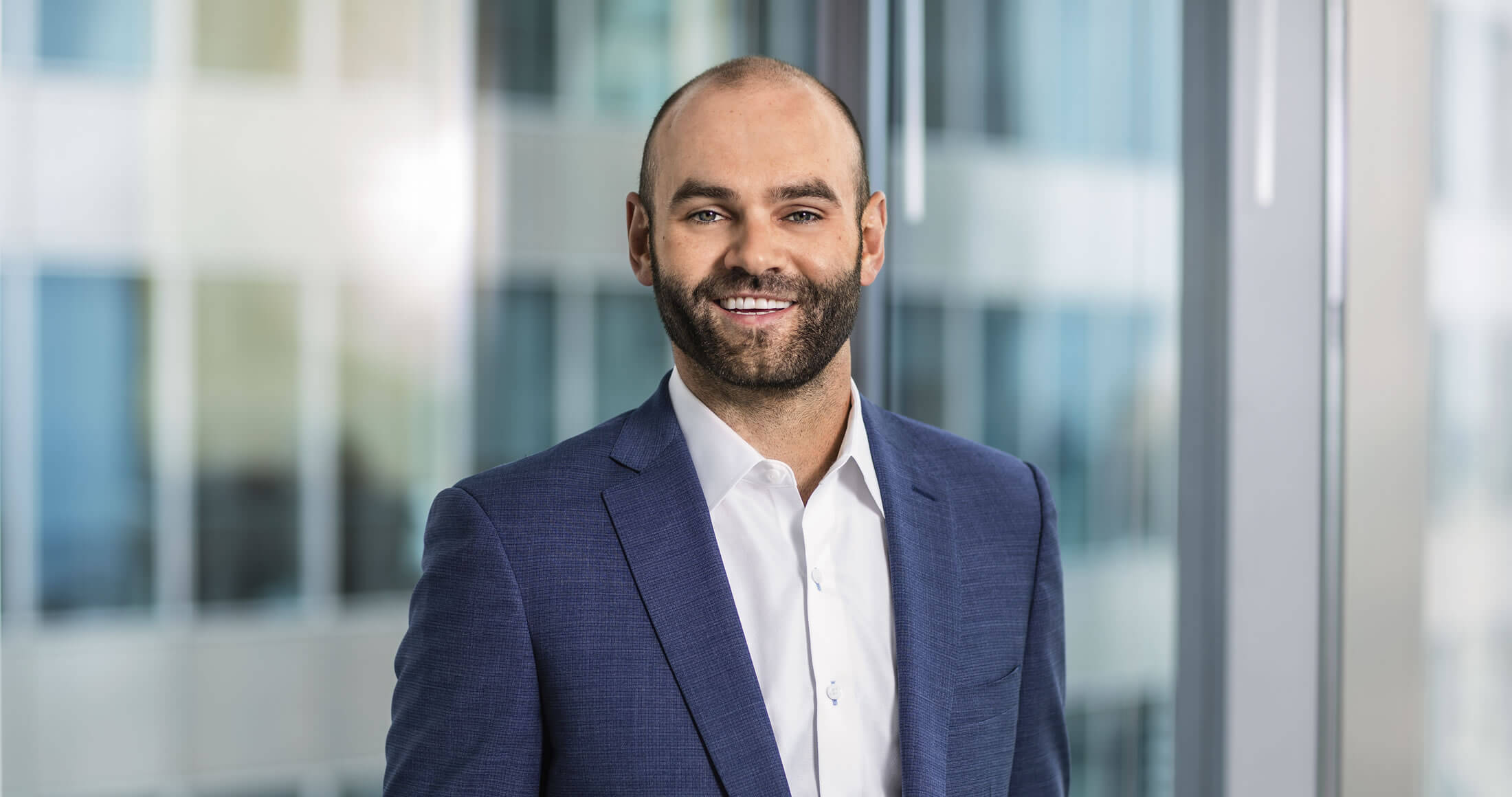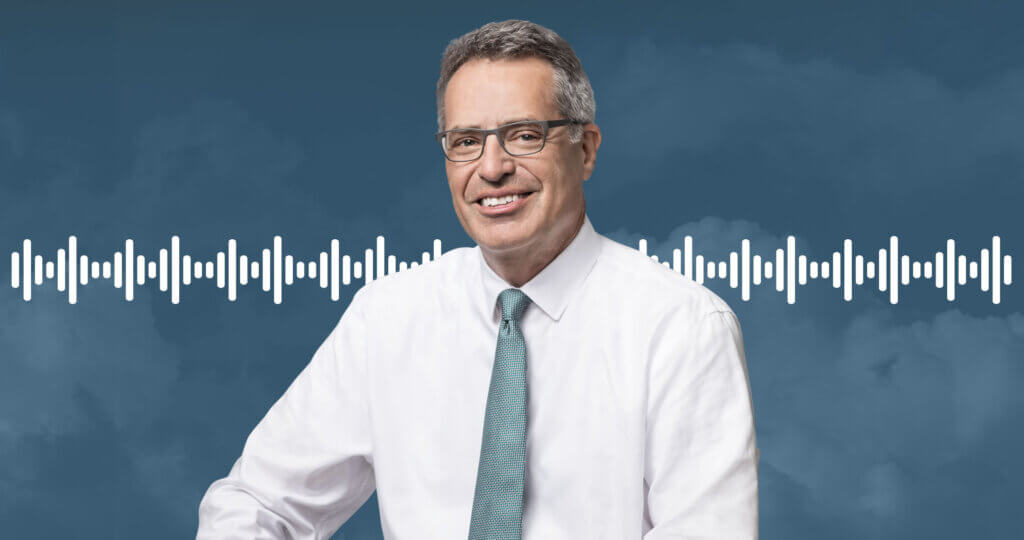
One month ago, defense companies and oil producers were considered some of the least socially admirable businesses on the planet. ESG research firms, like Morningstar Sustainalytics, rated even the most responsible defense and oil companies “above average” ESG risks, and most fared much worse than that. Institutions, such as the Harvard endowment and the Ford Foundation, announced plans to divest from fossil fuels in response to outside pressure, and many other investment firms with ESG credentials promised to avoid investments in either industry. All told, ESG considerations effectively amounted to a broad-based withholding of capital from defense and oil companies.
Fast forward one month and Russia’s invasion of Ukraine has many market participants rethinking their ESG criteria. Swedish bank SEB removed its ban on defense stocks for several of its ESG funds. Citigroup published research arguing for broad-based inclusion of defense companies in ESG mandates. And the European Union is expected to categorize defense companies as socially desirable businesses in its upcoming social taxonomy (i.e., its guidelines for socially beneficial investment). A similar re-evaluation is underway in oil, where dependence on Russian exports is driving renewed calls for energy independence and greater U.S. and European investment in both renewables and hydrocarbons. Suddenly, the defense and oil industries can access pools of funding that were off limits just one month ago.
It’s worth asking: what did these investors learn over the last month to justify such dramatic change? It doesn’t take much imagination to envision the products of defense companies being used for both good and evil, depending on the circumstances. And it doesn’t take much foresight to realize oil will be essential to society for years to come, even as we rapidly invest in renewables. Moreover, the output of these businesses cannot shift anywhere near as quickly as the viewpoints of these investors. It takes years to research, develop and manufacture advanced weapons systems. It takes even longer to replace the energy exports of a major producer like Russia. So while the companies’ sudden access to funding may influence output years down the road, it is unlikely to help resolve the crises of today.
The trouble is most investors do not have long enough time horizons to actually see ESG considerations flow through to business results. As a result, many of these investors make do with shortcuts, force-fitting businesses into “good” and “bad” ESG buckets and simply divesting the “bad.” Divestment, though, is a blunt tool with potentially severe consequences, and binary ESG buckets betray the nuanced impacts these businesses actually have on society.
The reality is all business investments come with trade-offs. Defense companies are beneficial when they protect the innocent and harmful when they enable the guilty. Fossil fuels are harmful to the environment and critical to the functioning of current society. Rather than gloss over this complexity, we believe the role of the ESG-conscious investor should be to balance trade-offs and make decisions that drive the best possible outcomes over the long term. This means recognizing oil production will remain essential to society over the medium term and that environmental costs should eventually lead to declining demand. Both of these conflicting factors must be incorporated into the pricing of oil and gas investments today. When oil companies can be purchased at prices that compensate for these considerations, even ESG-conscious investors should be willing to invest.
We have long taken this more thoughtful approach. As long-term value investors, we make investment decisions through the lens of a long-term business owner. ESG considerations, like all factors that influence business value, are an important component of our research process. After all, a company cannot short-change its stakeholders or the environment for long without a bill coming due to owners like ourselves. As Bill Nygren explained in his third quarter commentary of 2021, with a long enough time horizon there is no difference between actions in the best interest of stakeholders and actions in the best interests of shareholders; what maximizes value for one typically maximizes value for the other.
Our long-term approach is what Bill referred to as an “and” solution – one that effectively addresses the interests of both shareholders and stakeholders. By recognizing that environmental costs will eventually cut into oil demand and correspondingly reducing our business value estimates, we are raising the bar for oil investment. It follows that we also tend to see more value in firms like ConocoPhillips and EOG Resources, which are planning for a less oil-intensive future and have production in lower emissions areas, such as the shale fields of the U.S. Importantly, we are exerting this influence without resorting to all-or-nothing divestment decisions that risk harming other stakeholders, like the consumers who rely on oil to meet energy needs today. Finally, we make these investments with a long time horizon and all-encompassing focus on business value, which makes us, in our view, a stabilizing force for corporate decision-makers who are so often whipsawed by changing market fads and trends. Altogether, it is no wonder we believe that long-term value investing is the most effective form of ESG investing.
The holdings mentioned comprise the following percentages of the Funds’ total net assets as of 02/28/2022:
| Security | Oakmark Fund | Oakmark Select Fund | Oakmark Global Fund | Oakmark Global Select Fund | Oakmark Equity and Income Fund |
|---|---|---|---|---|---|
| Citigroup, Inc. | 2.4% | 4.3% | 0.4% | 4.6% | 2.0% |
| ConocoPhillips | 2.7% | 0% | 0% | 0% | 0% |
| EOG Resources, Inc. | 3.6% | 4.1% | 0% | 0% | 0% |
| SEB | 0% | 0% | 0% | 0% | 0% |
Portfolio holdings are not intended as recommendations of individual stocks and are subject to change. The Funds disclaim any obligation to advise shareholders of such changes. Information about portfolio holdings does not represent a recommendation or an endorsement to Fund shareholders or other members of the public to buy or sell any security contained in the Funds’ portfolios. Portfolio holdings are current to the date listed but are subject to change any time. There are no assurances that the securities will remain in the Funds’ portfolios after the date listed or that the securities that were previously sold may not be repurchased.
Access the full list of holdings for the Oakmark Fund here.
Access the full list of holdings for the Oakmark Select Fund here.
Access the full list of holdings for the Oakmark Global Fund here.
Access the full list of holdings for the Oakmark Global Select Fund here.
Access the full list of holdings for the Oakmark Equity and Income Fund here.
The Oakmark Fund’s portfolio tends to be invested in a relatively small number of stocks. As a result, the appreciation or depreciation of any one security held by the Fund will have a greater impact on the Fund’s net asset value than it would if the Fund invested in a larger number of securities. Although that strategy has the potential to generate attractive returns over time, it also increases the Fund’s volatility.
Because the Oakmark Select Fund is non-diversified, the performance of each holding will have a greater impact on the Fund’s total return, and may make the Fund’s returns more volatile than a more diversified fund.
Oakmark Select Fund: The stocks of medium-sized companies tend to be more volatile than those of large companies and have underperformed the stocks of small and large companies during some periods.
The Oakmark Global Fund’s portfolio tends to be invested in a relatively small number of stocks. As a result, the appreciation or depreciation of any one security held by the Fund will have a greater impact on the Fund’s net asset value than it would if the Fund invested in a larger number of securities. Although that strategy has the potential to generate attractive returns over time, it also increases the Fund’s volatility.
Because the Oakmark Global Select Fund is non-diversified, the performance of each holding will have a greater impact on the Fund’s total return, and may make the Fund’s returns more volatile than a more diversified fund.
The Oakmark Equity and Income Fund invests in medium- and lower-quality debt securities that have higher yield potential but present greater investment and credit risk than higher-quality securities. These risks may result in greater share price volatility. An economic downturn could severely disrupt the market in medium or lower grade debt securities and adversely affect the value of outstanding bonds and the ability of the issuers to repay principal and interest.
The Oakmark Equity and Income Fund’s portfolio tends to be invested in a relatively small number of stocks. As a result, the appreciation or depreciation of any one security held by the Fund will have a greater impact on the Fund’s net asset value than it would if the Fund invested in a larger number of securities. Although that strategy has the potential to generate attractive returns over time, it also increases the Fund’s volatility.
Oakmark Equity and Income Fund: The stocks of medium-sized companies tend to be more volatile than those of large companies and have underperformed the stocks of small and large companies during some periods.
Investing in foreign securities presents risks that in some ways may be greater than U.S. investments. Those risks include: currency fluctuation; different regulation, accounting standards, trading practices and levels of available information; generally higher transaction costs; and political risks.
Investing in value stocks presents the risk that value stocks may fall out of favor with investors and underperform growth stocks during given periods.
Investing involves risk, including the risk of loss. Sustainable investing focuses on investments in companies that relate to certain sustainable development themes and demonstrate adherence to environmental, social and governance (ESG) practices; therefore the universe of investments may be limited and investors may not be able to take advantage of the same opportunities or market trends as investors that do not use such criteria. This could have a negative impact on an investor’s overall performance depending on whether such investments are in or out of favor.
The information, data, analyses, and opinions presented herein (including current investment themes, the portfolio managers’ research and investment process, and portfolio characteristics) are for informational purposes only and represent the investments and views of the portfolio managers and Harris Associates L.P. as of the date written and are subject to change and may change based on market and other conditions and without notice.
Certain comments herein are based on current expectations and are considered “forward-looking statements”. These forward looking statements reflect assumptions and analyses made by the portfolio managers and Harris Associates L.P. based on their experience and perception of historical trends, current conditions, expected future developments, and other factors they believe are relevant. Actual future results are subject to a number of investment and other risks and may prove to be different from expectations. Readers are cautioned not to place undue reliance on the forward-looking statements.
Statements concerning financial market trends or other investment strategies are based on current market conditions, which will fluctuate. There is no guarantee that these investment strategies will work under all market conditions or are appropriate for all investors. Each investor should evaluate their ability to invest for the long term, especially during periods of downturn in the market. Market outlook and investment strategies are subject to change without notice.
Alex Fitch, CFA
Partner and Director of U.S. Research







